The Deutsche Sammlung von Mikrooganismen und Zellkulturen GmbH (DSMZ) in Braunschweig, Germany8/10/2016
The Deutsche Sammlung von Mikrooganismen und Zellkulturen GmbH (DSMZ) is one of the most comprehensive depositories of isolated organisms in the world and is by far Europe’s most comprehensive bioresource center. Based on the ideals of the German philosopher Gottfried Wilhelm Leibniz, “theoria cum praxi”, or science for the benefit and well-being of humanity, the facility operates on a non-profit basis and preserves, forever, all deposited samples. That’s right; this facility never removes a sample from its inventory and will literally store these cells for as long as civilized society exists. Within the walls of the institute is housed over 30,000 bacterial culture lines with approximately 60,000 bio-orders available ranging from cancer cell lines to isolated bacterial, archaeal, and eukaryotic cultures. The depository represents the findings of over 90 countries, or 80% of all type strains ever recorded in the history of science.
DSMZ’s large online catalog enables scientists to order cell lines, the same way most people order records from Amazon. Serving over 80 countries, DSMZ works much like an Amazon distribution center, except, they ship biological samples instead of cat leashes or smart phone accessories. To enhance its inventory, DSMZ even trades specimen with other depositories around the world. Think of it like trading Pokemon to try to fill your entire Pokedex- only with cancer cell lines instead of Pikachu. I personally do not play Pokemon Go, but I’m pretty sure you could find quite a few rare-Pokemon in this facility- right next to the freezer full of rare and incurable diseases. For those interested, to accommodate the amount of fundamental and use-inspired research ongoing in the biofuel industry, DSMZ is currently placing less emphasis on its plant-cell lines and ramping up its cyanobacteria and algae inventory- sorry Venosaur.
So, now that we have all of the cheesy Pokemon-Go jokes out of the way, let’s talk about how it all works. My primary motivation for visiting the DSMZ is so that I can gain perspective on how cell culturing and preservation occurs at this facility. Avid fans, some of my more observant readers, idol worshippers, etc… may remember a post I put out when I first published ScienceTheEarth.com titled “The Scale of Science.” Within this article, I tried to give perspective on the amount of time and money that goes into collecting a single data point on a single graph in a single publication with a single message. Within that post, I mentioned that the bacterium I ordered came from DSMZ and showed a picture of the building. Now, let’s zoom in a little closer on that single building located in Braunschweig, Germany (about an hour outside of Berlin, Germany) and see how it all works.
For the sake of this blog, I am going to write from the perspective of a researcher that has isolated a bacterium. First, a sample is collected from the environment and isolated by a research lab. Once that lab wants to publish about this new microorganism, it must be deposited into at least two depositories in at least two separate locations on the planet so that it can be preserved. DSMZ is not the only depository in the world, but it is one of the largest and is internationally recognized. Common practice is to deposit your isolate into a local depository and send the other one to an international depository. DSMZ is internationally recognized and thus is often the location that people store their additional copy. In terms of ordering and availability, each specimen that is deposited should be available for other researchers to order; however, some are patented, protected, etc… and thus are not available for order.
Click the picture of the sequencer for a link to a video about PacBio, or click here to hear from DSMZ about PacBio.
Let’s walk through the process of receiving and preserving a sample. To send your sample to DSMZ, it is common that they are packed with dry ice and shipped overnight. Once receiving the sample, DSMZ will grow the culture in a particular media that is unique to the sample received. Once the culture is grown, it is spun in a centrifuge to separate the cells from the media. Thepellet (cells) is then transferred to a cotton surface in a glass bottle which is then placed in an additional custom made glass bottle. The production of these bottles is a very particular process that must be done very delicately to ensure that the bottles do not break. Each bottle is individually labelled with a metallic strip that serves as a kind of barcode for inventory purposes (this is a relatively new feature).
The cells are then dehydrated by connecting rows of these glass bottles within glass bottles to a lyophilizer. A lyophilizer alters the pressure within the bottles- by decreasing the pressure, the boiling point of water is lowered significantly until the point that it ‘evaporates’ away at room temperature. Within the bottles is a color changing mineral which indicates the presents of oxygen- once the oxygen is fully depleted, the color changes to red and the cells are ready for the next step. The top part of the glass vial is removed by heating the bridge in between the two bottles until it melts away. This allows for an oxygen tight seal. Now that the cells are dehydrated and oxygen free, they are ready for storage. For most cell lines, storage means that they will be placed in a walk-in depository, kept at 4°C at all times.
The walk-in depository is two relatively small rooms crammed with what at first glance looks like where a library would store microfiche or old maps. Within each drawer, are 30 cubed sections for 30 different culture isolates. The initial sensation is underwhelming- the room is modest and unassuming. At first glance, one wouldn’t think much of it. It’s the realization that this room contains almost 80% of all the species ever isolated in the history of science that one starts to recognize the significance of the sight before them. Think about how fascinated people are when they visit the zoo- mystified by the biodiversity of 100 and 200 different species- this room contains 2 orders of magnitude more diversity than any zoo you’ll ever visit; all housed with this relatively small walk-in refrigerator. (Lions and Tigers and Bears are for the birds.)
Currently, whenever an order is placed, an employee is given the inventory number and sent down to the refrigerator to retrieve it from its location. Think of it like an old library using the Dewey Decimal System. Once the sample is retrieved, it is scanned (if it has an inventory tag), put in a box with some foam, placed on ice, and mailed. There are plans to replace this system with an automated process in which samples are retrieved and inventoried based on the frequency in which they are ordered. Using Terminator 2 like robots, not Planet of the Apes style monkey slaves. However…
Scientists reading this blog likely already know that dried cells are not always the most viable. As a matter of fact, there is nothing more frustrating than waiting a month to receive a sample, only to get a bunch of powder that might as well be table salt (ie: your spider monkeys show up and they won’t grow in your aquarium or you put your brewer’s yeast in for the fermentation and still have a bunch of barley after waiting a week). What this means for everyone who is not a scientist is that not all cell lines can be preserved by drying them (particularly obligate-anaerobic cultures, or cultures that die in the presence of oxygen). DSMZ is very aware of this phenomenon and has a completely different preservation mechanism for these microbes. As a matter of fact scientists, when you write these people an email telling them that your dried cells aren’t viable, you are likely changing the method they use for preserving that cell line- enough emails and they switch from dried cell lines to a new method.
The new method for preserving these samples is called cryopreservations. For example, to preserve Thermincola ferriacetica (14005), the bacteria must be immersed in a cryoprotectant (a substance that keeps the cells from cracking apart during the freezing process). This is usually a substance called glycerol or a different substance called DMSO. Again, most scientists will understand the frustration of the fact that some cryprotectants work well with some microbes and not well with others, so even the cryoprotectant used is fundamentally important. The percentage of cryoprotectant is also critical- too much or too little can kill the cells. Anyway, after immersing the cells in the cryoprotectant, the cells are then placed in cylindrical deep freezers that are about waist high and look like trash cans. These deep freezers are kept in a separate room and maintained at -80°C at all times with the use of liquid nitrogen. (ThinkAndromeda Strain or Contagion and you’re actually pretty close)
Cells are inventoried in these freezers as follows:
So to process an order, a DSMZ representative first goes to the correct numbered freezer, then to the correct cylinder, then to the correct numbered smaller cylinder, then to the row on that small cylinder in which the sample is located, and then selects the color from the row that represents the correct sample. Check it out in the video below:
But wait, there’s more! Since these samples are so sensitive, and must be kept at -80°C at all times, it is impossible to ship them directly out of the freezer. The samples must first be thawed (again, you have to use a precise and correct thawing method or all the cells you’ve been storing for decades could be lost) and then grown in their proper media under the proper conditions. Once the cells reach a state of optimum viability, they can then be transferred to test tubes and sealed with rubber stoppers for shipping. For peskier cell lines, this can take several months to over a year. Scientists, this is why it can take so long to process your order; others, this is why it takes your friends in the life sciences the better part of a decade to determine whether or not they’ve wasted their whole life working on this stupid degree, I’m never gonna get this degree, I’m never gonna graduate, all this debt and for what?!? All I did was waste all these resources and time. Oh God, I’m never gonna get a job- not educated enough for a professional career, to educated for a practical job, I should have been an accountant or a lawyer, or an MD, anything! … Oh sorry about that. I believe that’s what we call free association. Just think about grad-school and mention the first thing that comes to mind. Really, it’s a meditative and constructive process, just relax, I’m here to listen… That’s why it takes some of your friends in the life sciences the better part of a decade and an existential crisis (or six) to graduate.
Once the cells are their most viable, they have the highest probability to survive shipment. Some need to be placed on ice, but many can be shipped at room temperature. Once a lab receives an order, the samples must be meticulously processed to ensure cell viability and purity. Once the cells start growing in the lab, then we proceed to step 05 in the Scale of Science- waiting to receive our individual data point for an individual graph in a single publication.
For more information about DSMZ:
Leibniz-Institut DSMZ-Deutsche Sammlung von Mikrooganismen und Zellkulturen GmbH Inhoffenstr. 7 B 38124 Braunschweig Germany [email protected] +49-(0)531-2616-0 www.dsmz.de @Leibniz_DSMZ_en
0 Comments
Leave a Reply. |
Science /ˈsīəns/
|





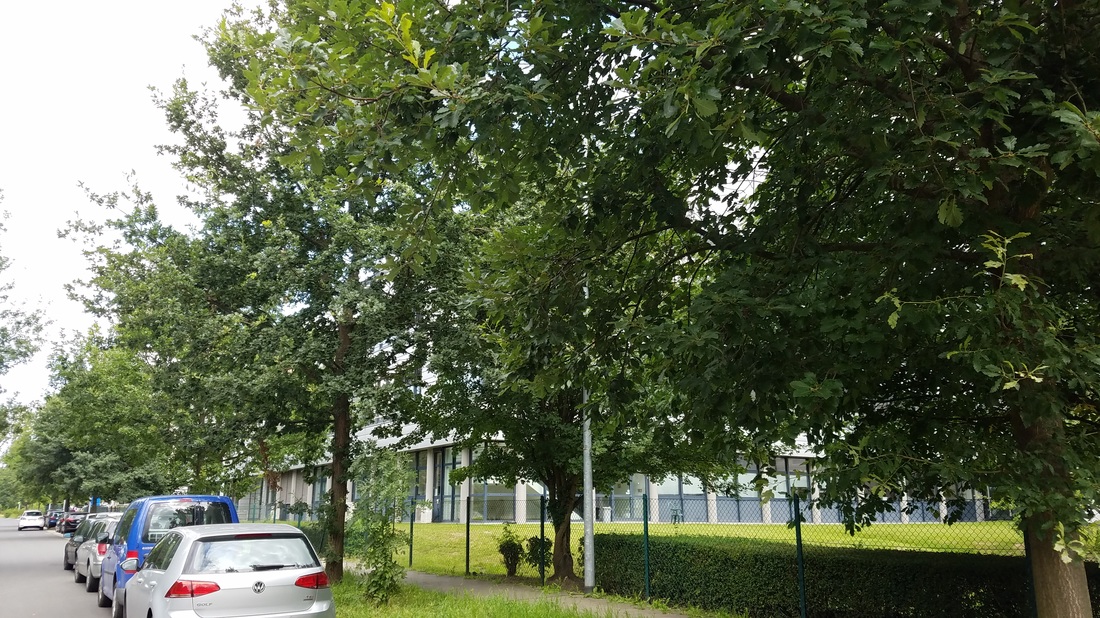




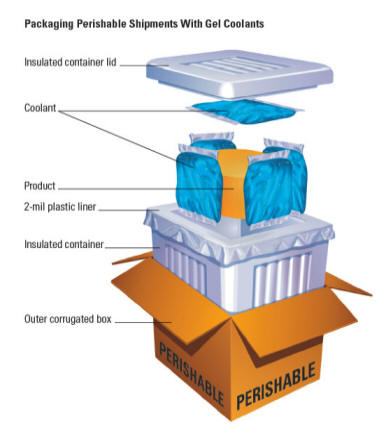
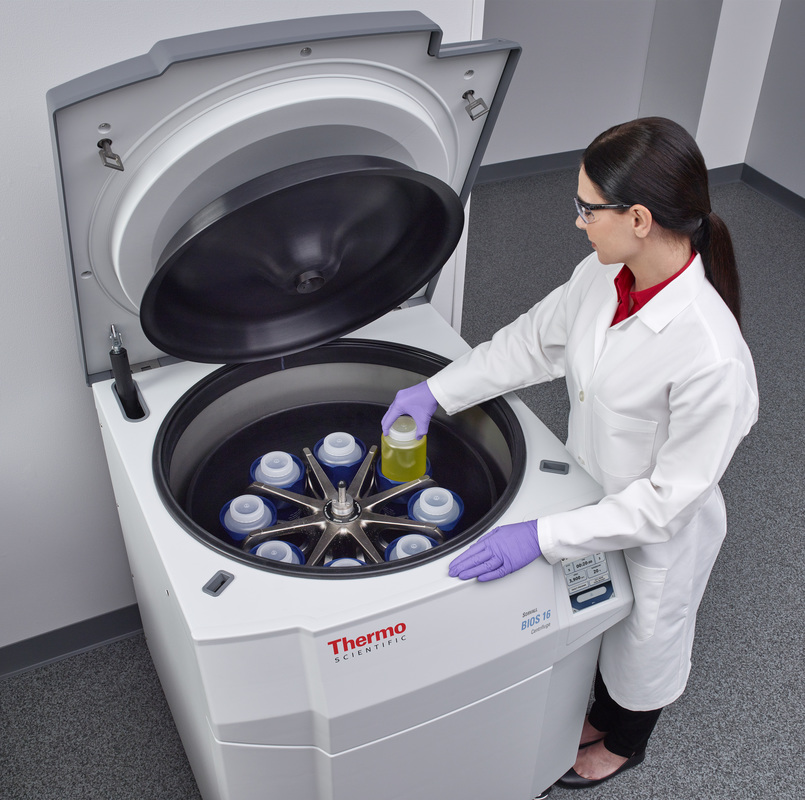
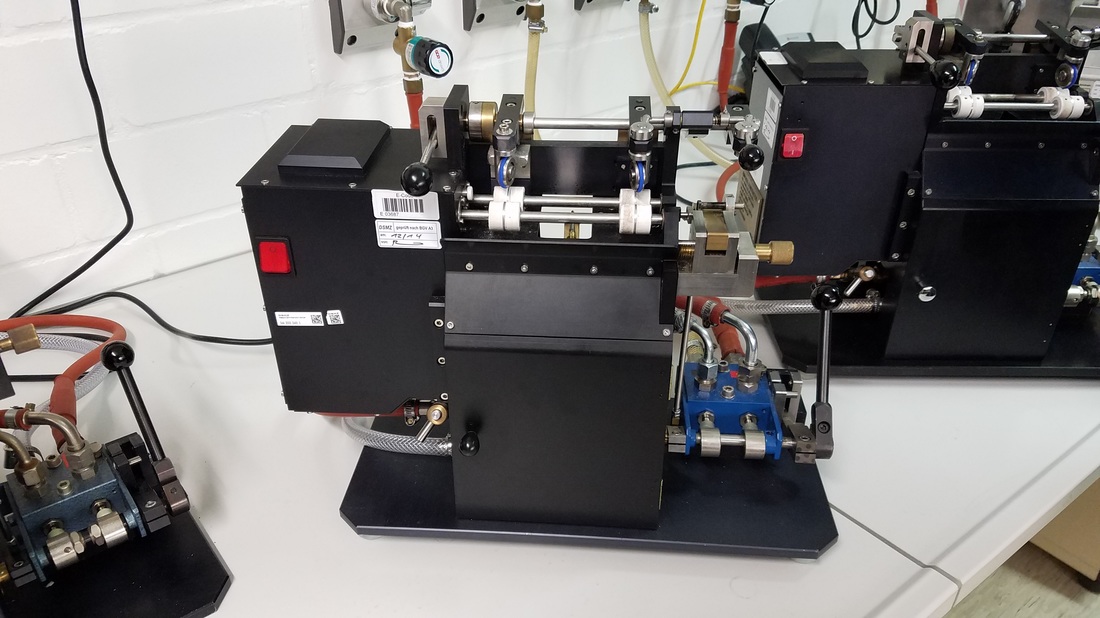


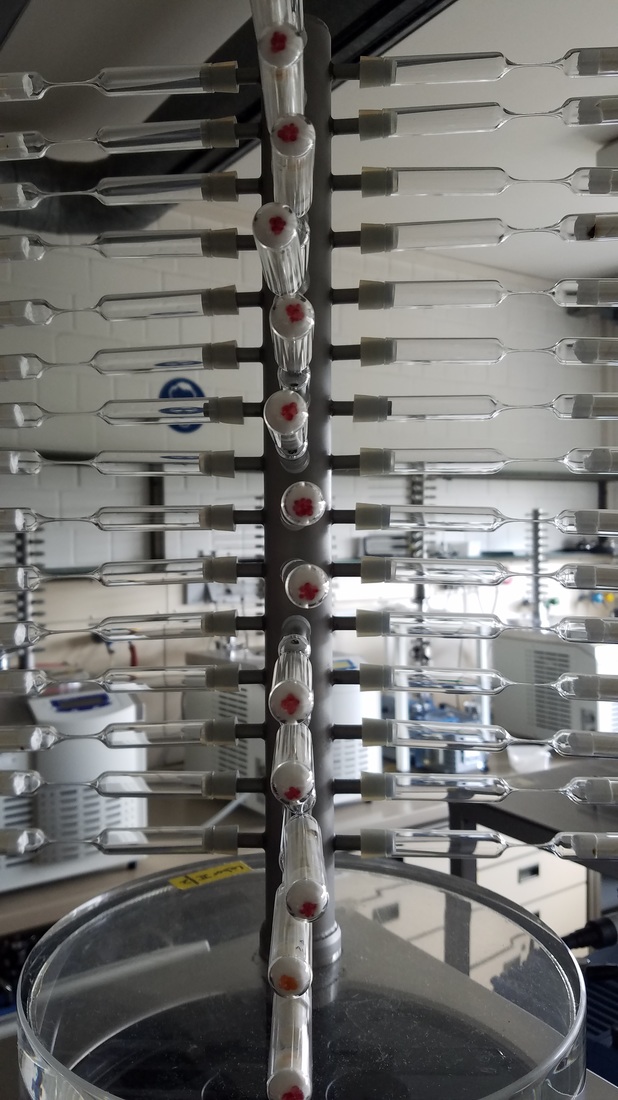




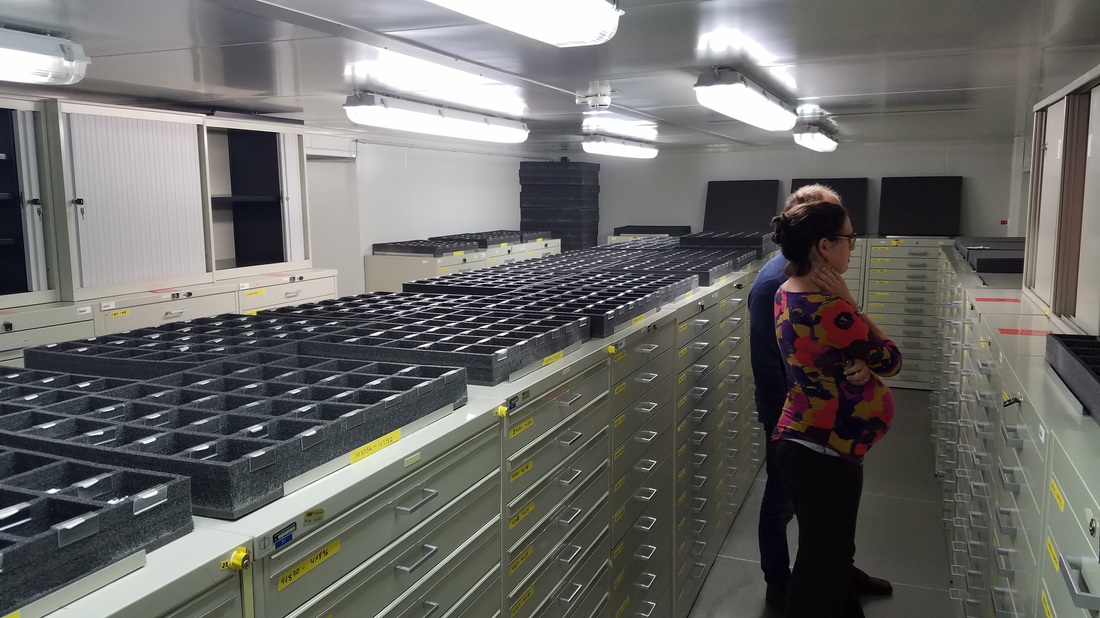
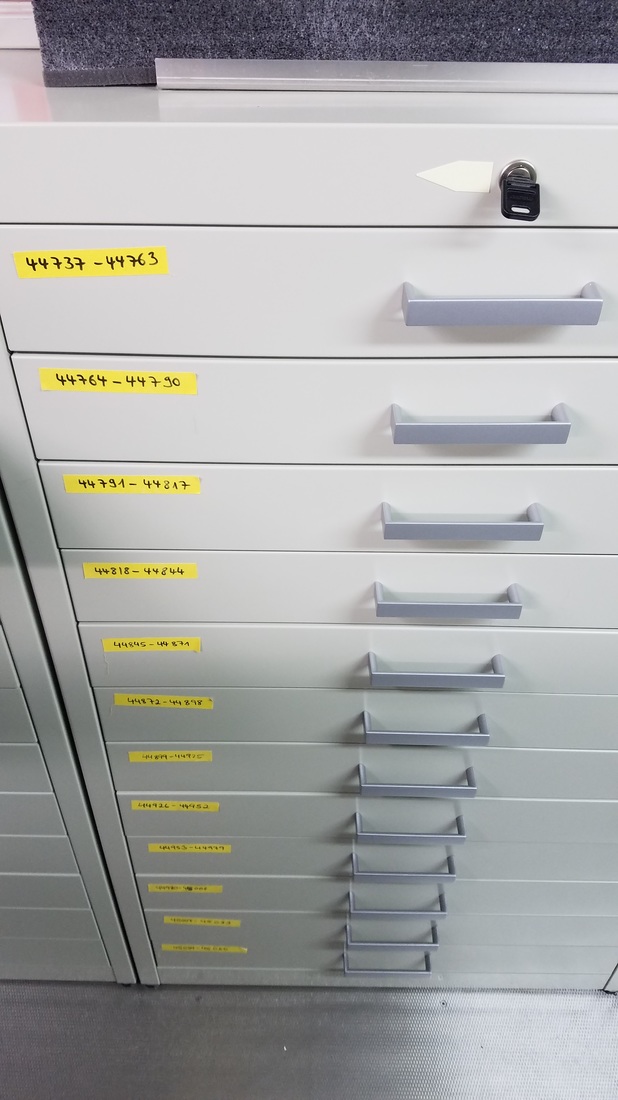
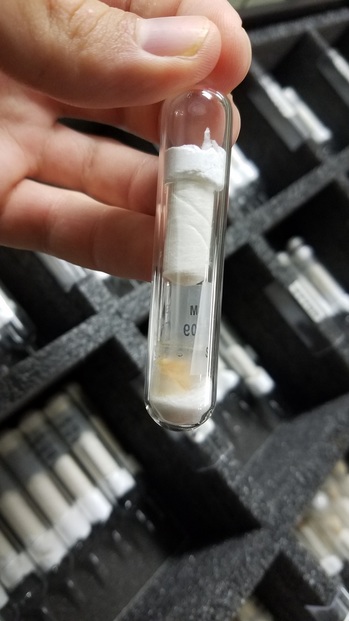


 RSS Feed
RSS Feed